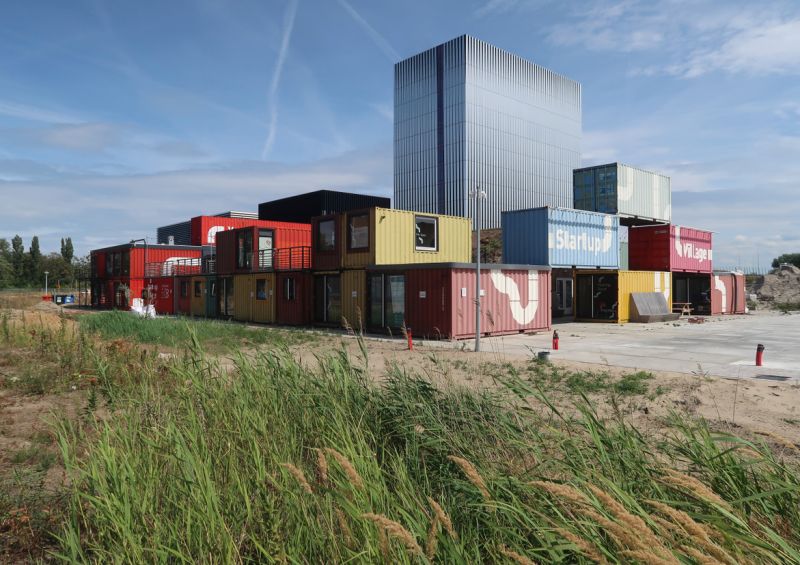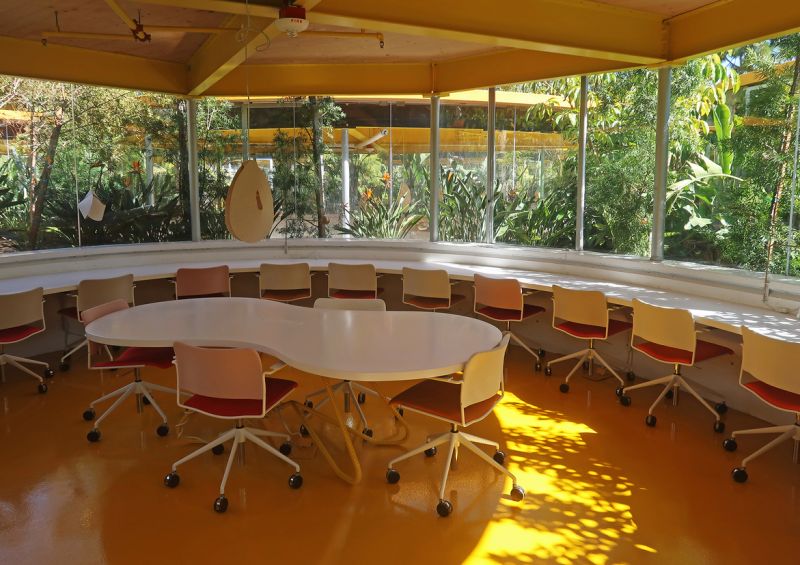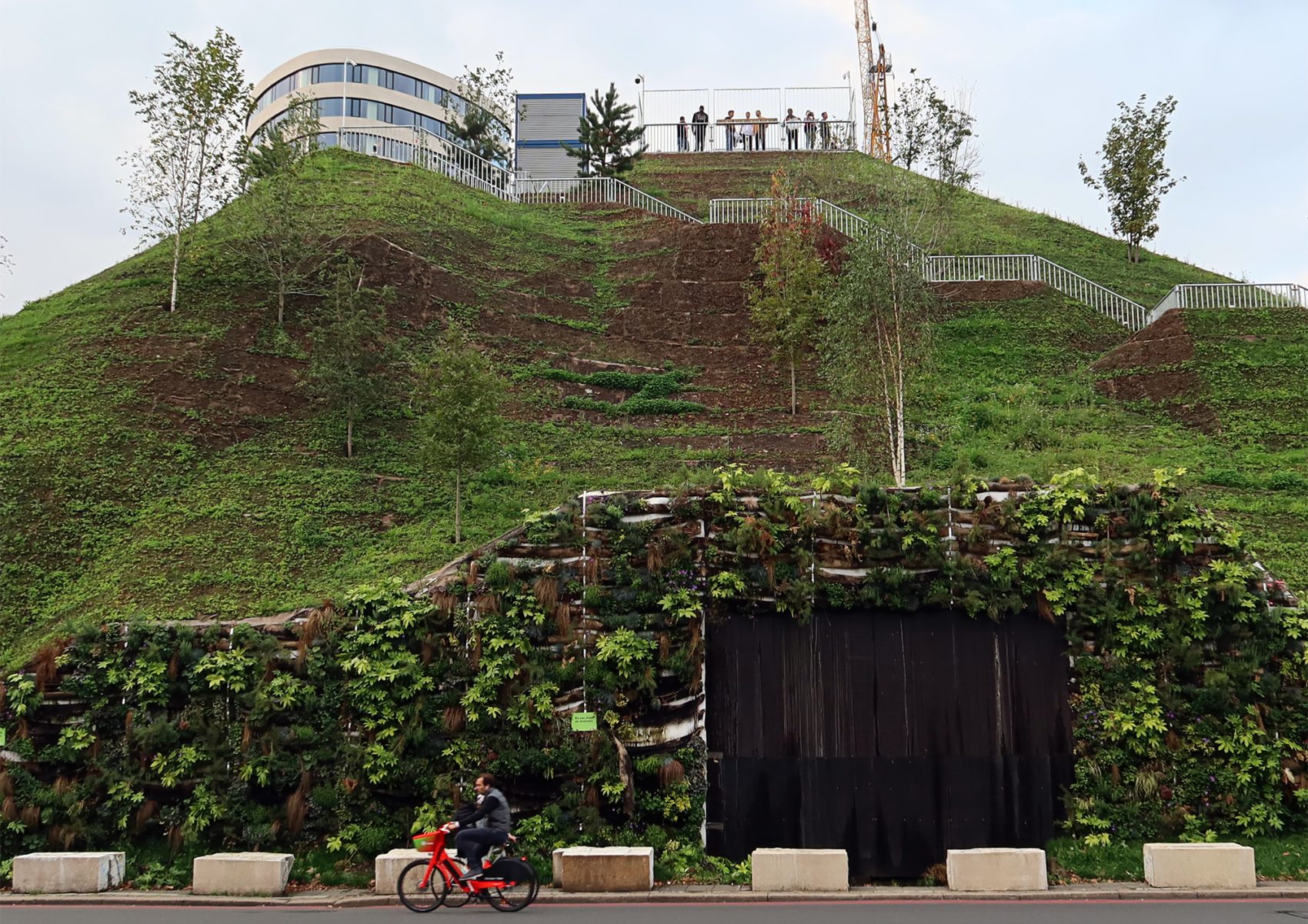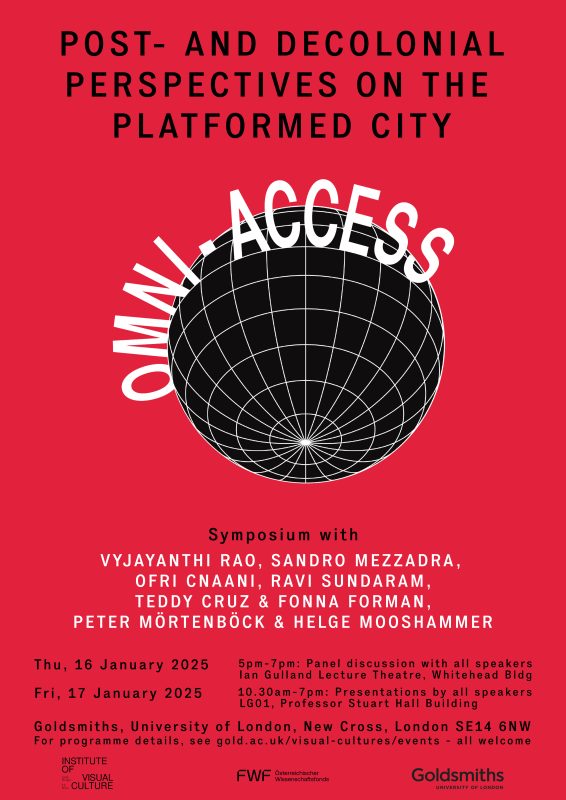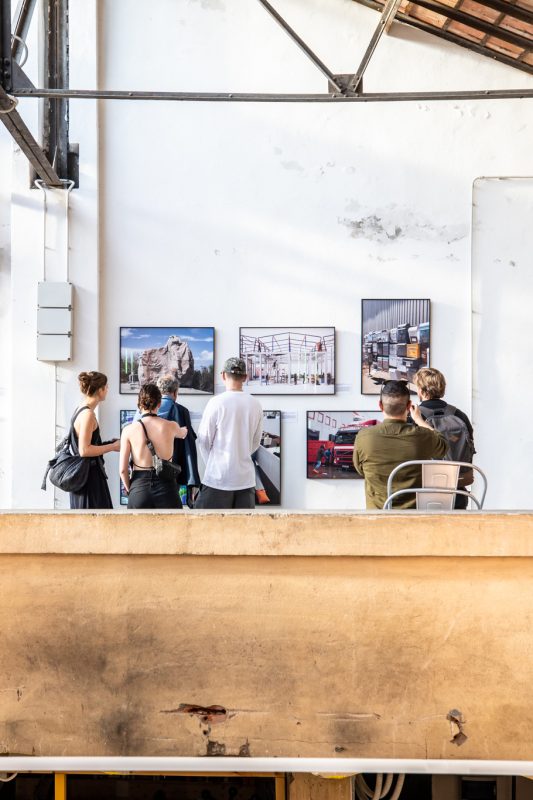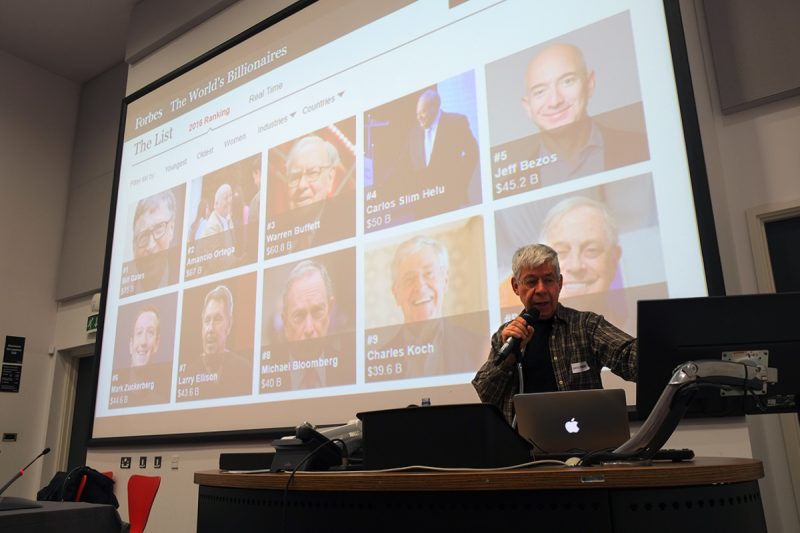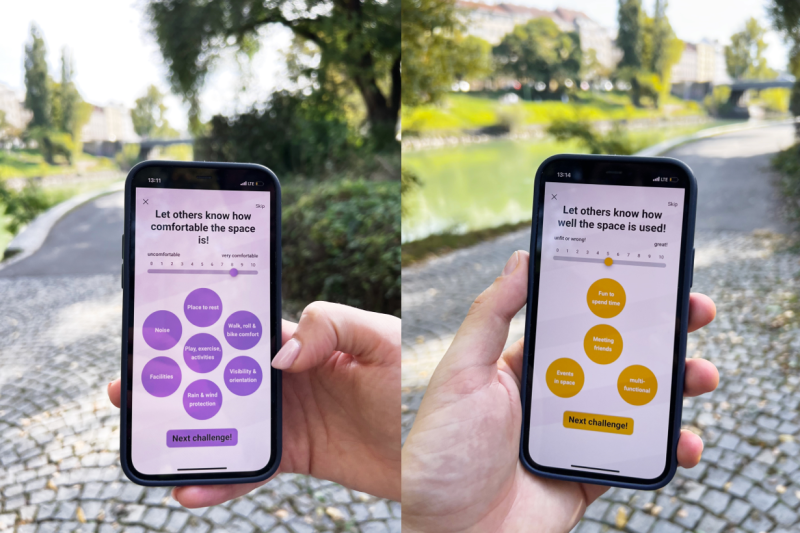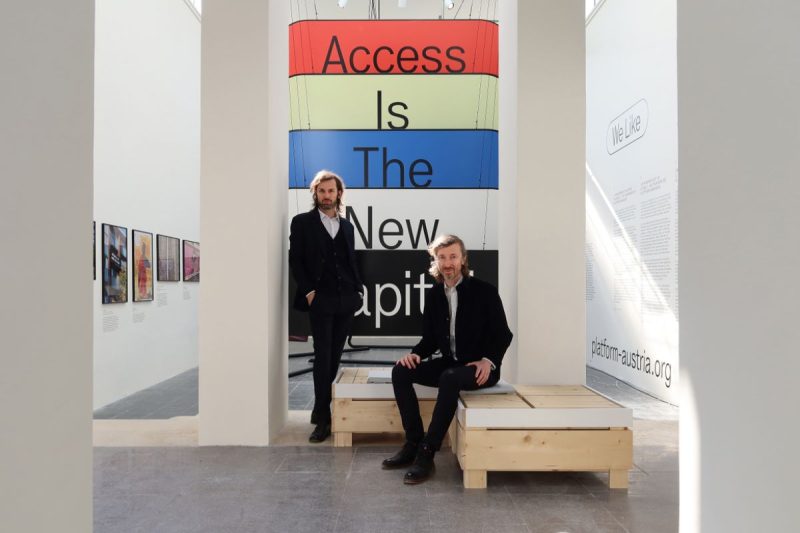- FWF
- 2022-2026
platformed city
What does platform urbanism mean? Between Silicon Valley and Mumbai, this art-based research project explores how the digital interconnection of public space is changing our lives, our homes and the environment.
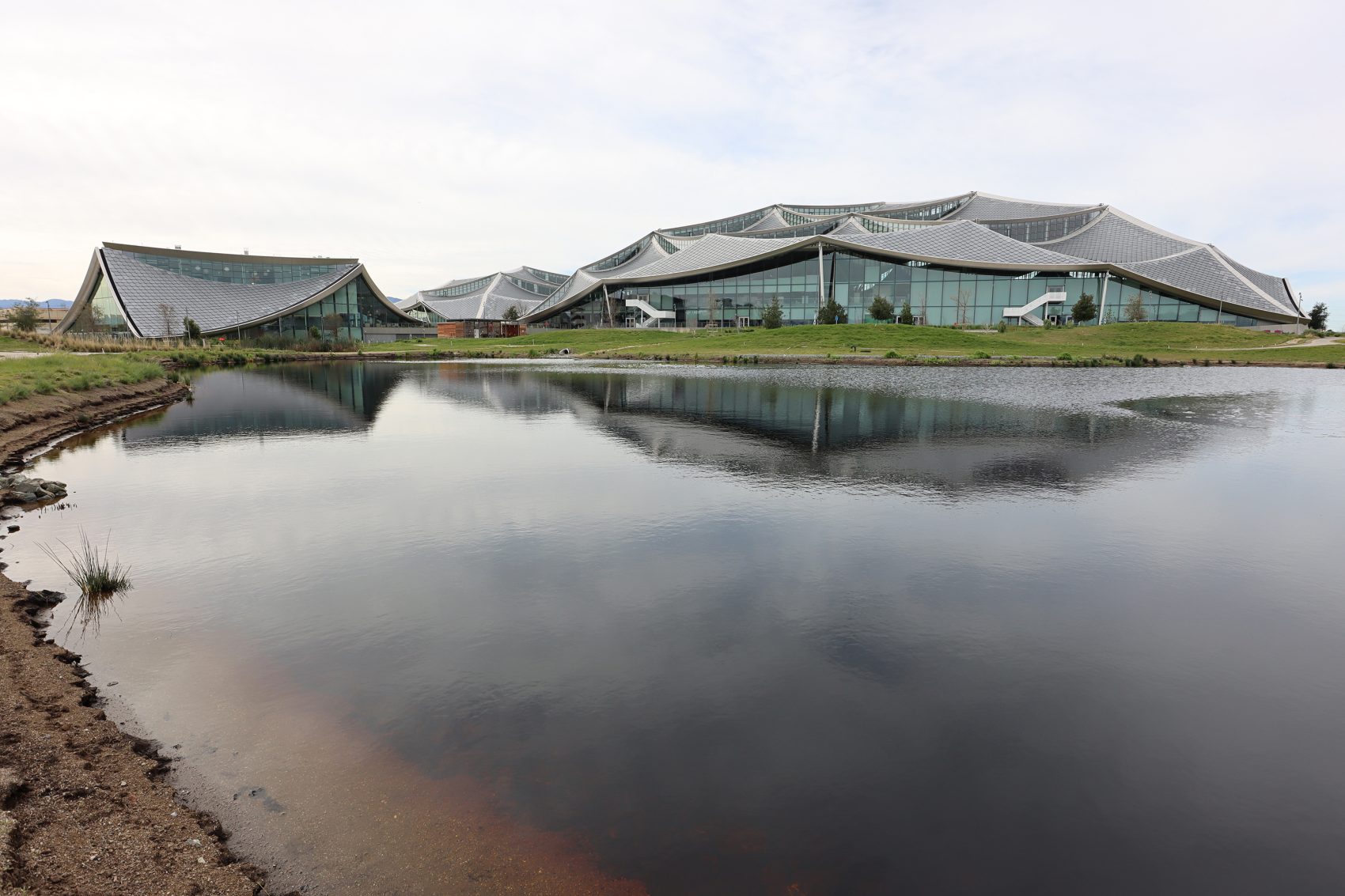
Google, Bay View Campus, Mountain View, 2023 (photo: Peter Mörtenböck, Helge Mooshammer)
A PATTERN LANGUAGE OF PLATFORM URBANISM
Data technologies and platform services have massively changed the way we live in cities today. Participation in fundamental aspects of urban life is increasingly becoming contingent on access to digital platforms. We are now seeing a small number of platform companies monopolizing the benefits of digital connectivity and wielding unprecedented control over peoples lives.
The project contrasts this development with the thesis that the rise of platform industries not only affects the organization of urban life, i.e. changes the software of cities, but also has far-reaching effects on the material design of urban spaces, i.e. on the hardware of cities. If data collection and pattern recognition are at the centre of these processes, could not a visual language based on spatial patterns be a means of public discussion of these new urban morphologies?
Project directorProf PETER MÖRTENBÖCK
Team
Arch. Dr HELGE MOOSHAMMERLOVRO KONCAR-GAMULIN
BILAL ALAME
JOANNA ZABIELKSKA
CARMEN LAEL HINES
Funded by
AUSTRIAN SCIENCE FUND (FWF): AR 633
On the basis of case studies, the project develops tools for citizens that are intended to help them understand typological patterns at the level of new urban forms and to translate their own needs and aspirations into spatial compositions. To this end, the networked interactions of platform urbanism are first visualized through computer simulations, interactive cartographies, films, and animations. Drawing on the tradition of pattern languages in architecture, a multiscalar language of typological form will then be developed.
In this way, the project aims to critically expand the existing understanding of the effects of digital technologies on our societies today. Beyond the immediate scope of digital technologies and our interaction with them, it focuses on the emergence of new spatial typologies that are used to set up and enable platform-controlled environments. The multiscalar pattern language developed in the project is intended to provide citizens with an innovative and accessible visual vocabulary to challenge the exclusionary effects of platform urbanism and bring out the strengths of civic engagement in urban design.
FWF TOP CITIZEN SCIENCE (TCS) EXTENSION PROJECT
